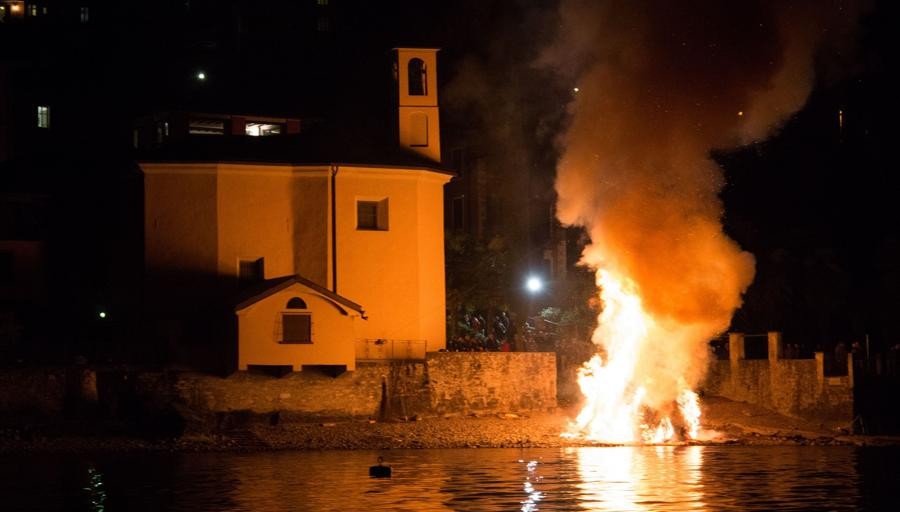The witches of Lezzeno, between history and legend
Starting from 1500, Lezzeno became also famous for its witches. What really happened?
They were, in all probability, women who knew the effectiveness and how to use the herbs which could cure and heal wounds and diseases. Some documents of that time testify that some women of Lezzeno were accused of witchcraft and had to face a process at the end of which, according to the rules of that time, were put to the stake.
The histories of these witch trials, not only related to Lezzeno, but of the many villages of the lake, are collected and documented in the official registers and are preserved at the State Archive and at the Episcopal Archive.
So, from the time of the Holy Inquisition (16th century), it is said that the women of Lezzeno were in large part witches, so much so that still today survives in the saying strìa de Léscn (witch of Lezzeno).
Among the many legends that have arisen about them, there is a witty one, entitled Strìi de Léscen and Saràck de Lenn (Witches of Lezzeno and kippers of Lenno), which tells how, in ancient times, three maidens of Lezzeno had fallen in love with three young handsome men of Lenno. One evening, they decided to make a romantic expedition to the other bank of the lake. However, not being of dazzling beauty, the girls were rejected and had to go back to their country full of anger and a strong desire for revenge.
Back at Lezzeno, they asked for advises to some women who were believed to be witches, who cast a deadly spell. The force of the magic was so strong that the three young men of Lenno not only took a strong fancy of the three girls they had first rejected, but their now not corresponded love made then so lovesick to become as thin as a kipper (saràck).
Notwithstanding this is obviously said a legend, history tells us that in 1416, in Como were condemned to the stake 300 witches of which probably 40 were from Lezzeno.
It is also said that in ancient times, the witches of Lezzeno used to cross the lake on board of self-propelled barges, stirred by a wizard who made them navigate reciting some magic formulas inspired by Merlin the Magician. It is said that they landed on the bank of Azzano, and then went running up to Bonzanigo di Mezzegra, and from here they reached the secluded position of the “Praa de la Taca”, where they kept their “Sabbath” dancing all night around the fire, invoking evil spirits and demons.
the Feast of St. Joseph
Every year on March 19th, in Lezzeno is commemorated the Feast of St. Joseph. One of the most ancient folkloristic customs of the village is certainly the Palio of Bonfires which are lit along the banks of the lake on S. Joseph’s eve. One of the assumptions of the origins of this festival seems to be bound to the stake of the witches. That notwithstanding, the bonfires tradition has its roots in roman age; it was a pagan ceremony of purification to celebrate the advent of spring with the lighting of propitiatory fires and by throwing away old and any longer used objects. It should be remembered that in ancient times, the year started with the advent of Spring. The purpose of this rite was, therefore, to appease the souls of the gods, and to invoke a bountiful harvest.

Read all curiosities